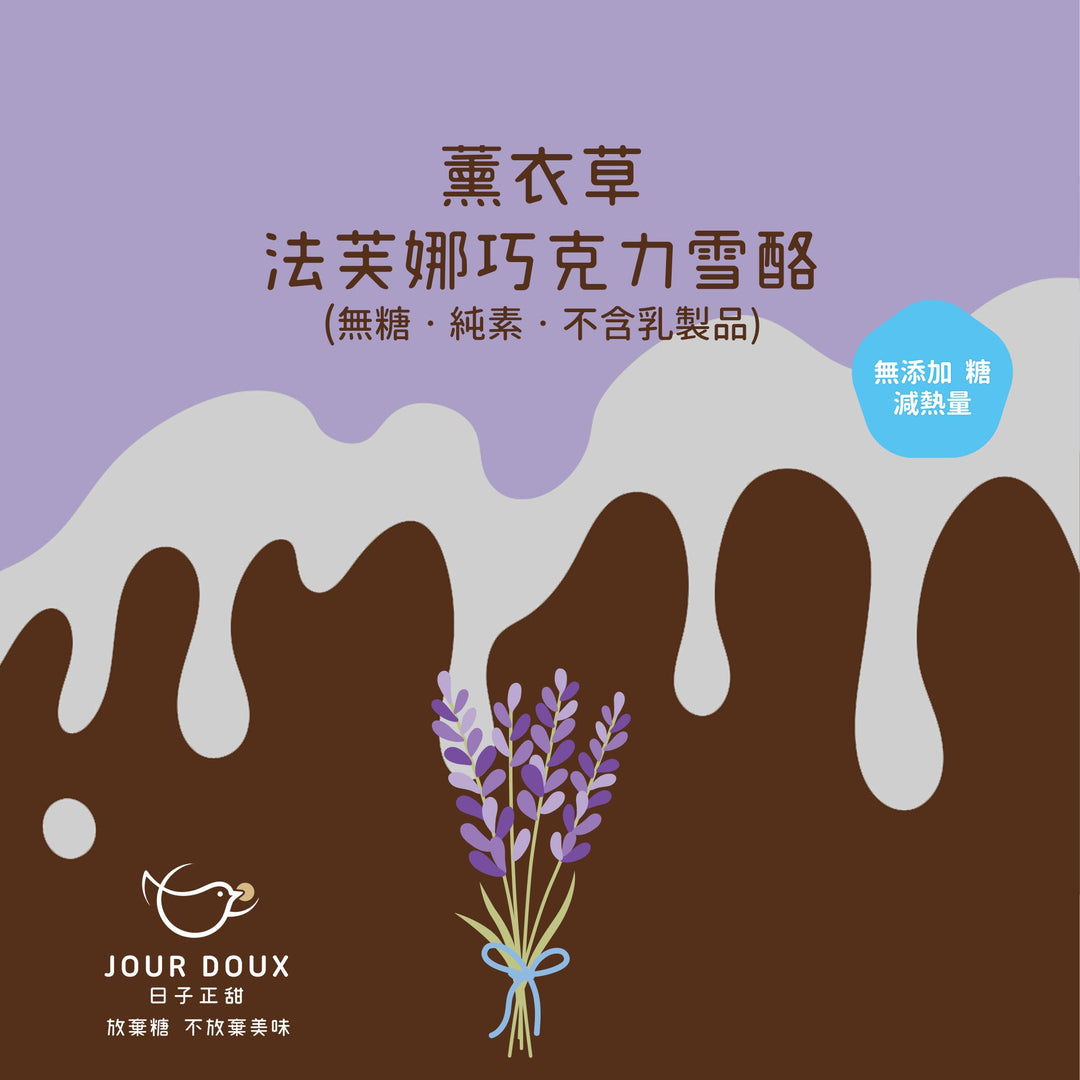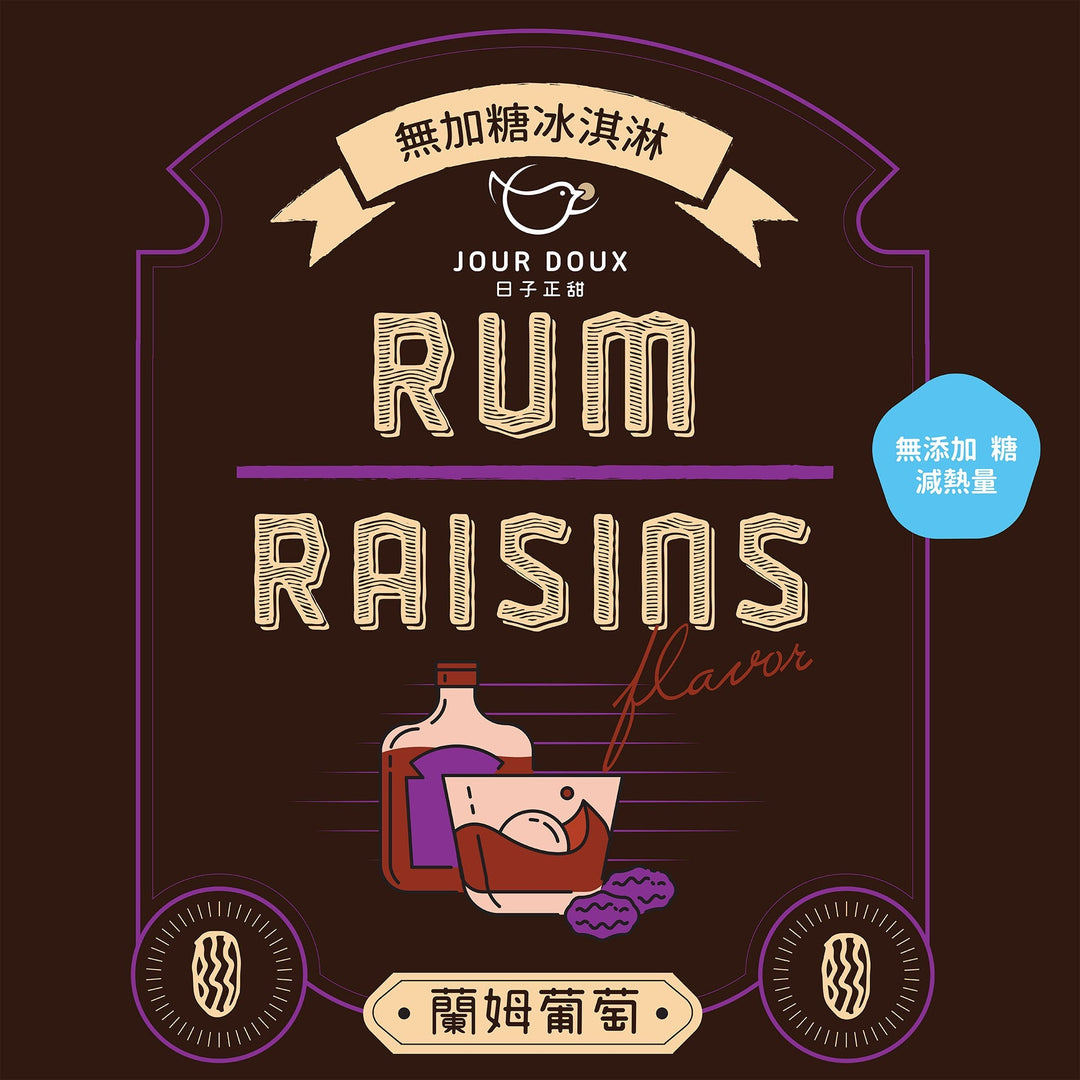EWG 2016 Guidelines for Pesticide Residues in Agricultural Products
The US Department of Agriculture conducted a pesticide residue survey on 6.953 agricultural products in 2014, and found that nearly three-quarters of the agricultural products had 146 different pesticide residues. Some remain in washed vegetables or peeled fruit. Many consumers who want to avoid pesticides cannot find or afford organic produce. Therefore, from the list with the highest or lowest pesticide residues, consumers can choose agricultural products with lower pesticide residues, or choose organic products for agricultural products with higher pesticide residues. 
The top 12 with the highest pesticide residues
The table below shows the top 12 agricultural products with the highest pesticide residues. Among these agricultural products
- More than 98% of strawberries, peaches, nectarines and apples tested contained at least one pesticide residue
- Potatoes, on average, carry the most pesticides by weight of pesticides
- A sample of grapes and bell peppers was tested for up to 15 pesticide residues
- A strawberry sample was tested for up to 17 kinds of pesticide residues

The following table is the top 15 agricultural products with the lowest pesticide residues. Among these agricultural products
- Avocado is the agricultural product with the lowest pesticide residues, only 1% of the avocado samples had pesticide residues detected
- 89% of pineapples, 81% of papayas, 78% of mangoes, 73% of kiwis and 62% of cantaloupes had no pesticide residues detected
- None of the top 15 agricultural products with the lowest pesticide residues had more than 4 pesticide residues detected
- Among the top 15 agricultural products with the lowest pesticide residues, only 5% of the samples had more than 2 pesticide residues detected

Although these are the test results of the United States and may not be the same as Taiwan's drug habits, they are still an important reference for consumers to choose agricultural products. For fruits and vegetables with a high probability of pesticide residues, in addition to double cleaning, we also show that it is very rare to grow these organic fruits and vegetables.
Original source: https://www.ewg.org/foodnews/index.php











Leave a comment